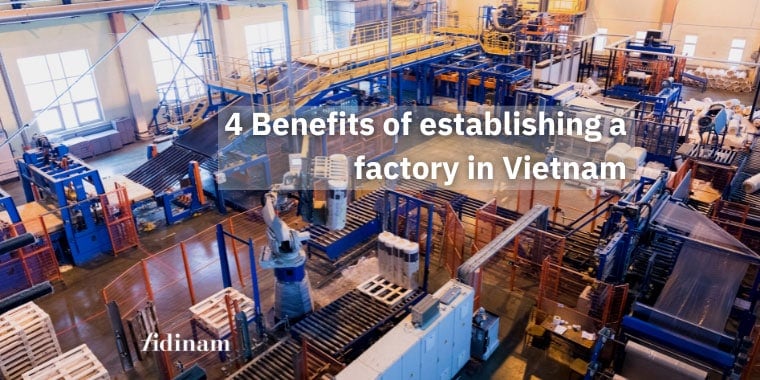
Vietnam is currently one of the safest and appealing destinations for foreign investors.
Alongside the recent large-scale capital expansions of high-tech giants like Samsung, Nokia, Google, and Intel, which have primarily focused on manufacturing electronic and high-tech products, several other production projects have been announced by prominent corporations such as Foxconn, Luxshare, Pegatron, and Goertek. These corporations specialize in manufacturing and assembling components for industry leaders like Apple, Wistron, Amazon, Microsoft, and LEGO.
This presence of industry giants has firmly established Vietnam as a crucial base for production.
According to the Brief Reports on Attracting Foreign Investment in Vietnam and Vietnam's Investment Abroad by the Ministry of Investment, in the first five months of 2023 the manufacturing industry took the lead with a total investment capital exceeding 6.64 billion USD, accounting for 61.2% of the total registered investment capital. The manufacturing industry also led in terms of the number of new projects, accounting for 29.5%.
Key manufacturing sectors in Vietnam span various industries, including:
The Vietnamese government offers numerous investment-related business incentives to retain the country’s appeal to international investors, and it continually enhances its offerings through reforms and upgrades.
There are 4 forms of incentives that are available to companies operating within the country as follows:
| Corporate Income Tax (CIT) |
CIT incentives are granted to both foreign and local investors, to promote investment in sectors or areas that are in line with the government’s development strategies. Below is an overview of the rates commonly applied, based on the location, industry, investment zone, project scale, and other factors. Preferential tax rates
Tax holiday rates
|
| Import Duties/Tax |
Exemption of import duties or tax on goods imported as fixed assets; Exemption of import duties on raw materials, supplies, and parts used for manufacturing purposes. |
| Land rent and levies |
An exemption, reduction of land rents, and land levy |
| Accelerated depreciation, increasing the deductible expenses upon calculation of taxable income | Depreciation in the direction of accelerating capital recovery in the first years of using fixed assets |
Vietnam's population has surpassed 100 million since mid-April 2023, which represents a significant milestone in attracting investment due to the availability of a well-educated, skilled, innovative, and creative workforce.
The country has reached the 'golden population structure' stage, with over 68 million people of working age.
Vietnam has shown its commitment to international integration by affirming its role, image, prestige, and position in the international arena.
In more than three decades of renovation and integration, Vietnam has signed 15 FTAs, 80 DTAs.
In the past five years, Vietnam has signed several new-generation FTAs including CPTPP, EVFTA, UKVFTA, RCEP. It allows Vietnam to leverage reduced tariffs to attract foreign companies to manufacture in the country and export to partners overseas.
Vietnam is located at the center of Southeast Asia and shares borders with the Pacific Ocean, Gulf of Thailand, Laos, Cambodia, and China. The country serves as a connectivity hub for the Asia-Pacific region and western countries of the Indochina Peninsula.
With 114 seaports, several of which are deepwater ports, along its over 3,200 kilometers of coastline, Vietnam presents itself as an attractive China + 1 location for many businesses.
This strategic proximity to China, through both land and sea borders, has positioned Vietnam as a likely alternative manufacturing site, thereby minimizing disruptions or delays to existing supply chains.
Are you interested to learn more about setting up a factory in Vietnam?
Fidinam supports international clients looking to invest and set up a business in Vietnam, through services such as market-entry services, incorporation of Vietnamese entities, accounting, tax, HR and employment services.
Don’t hesitate to contact us for more information via the form below or at info@fidinamgw.com.
All content © . All Rights Reserved.